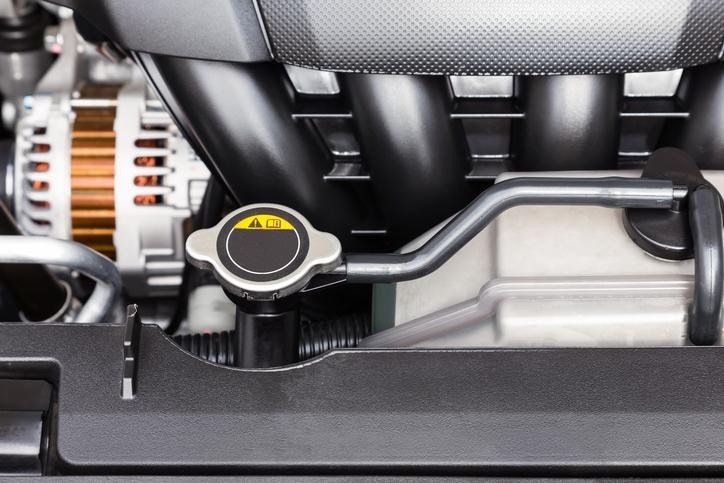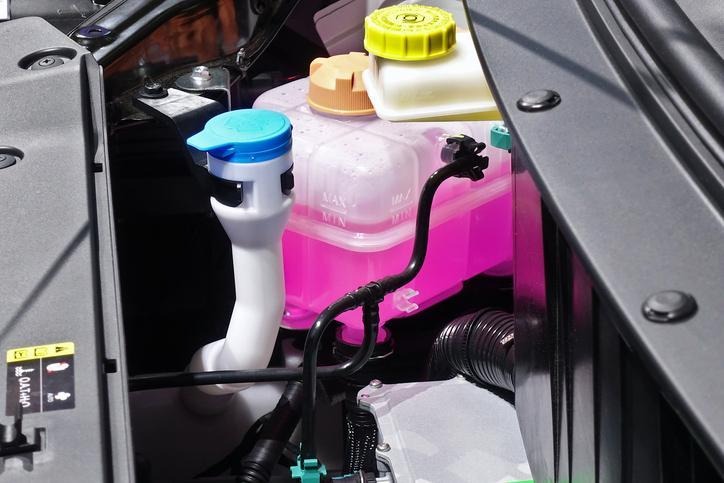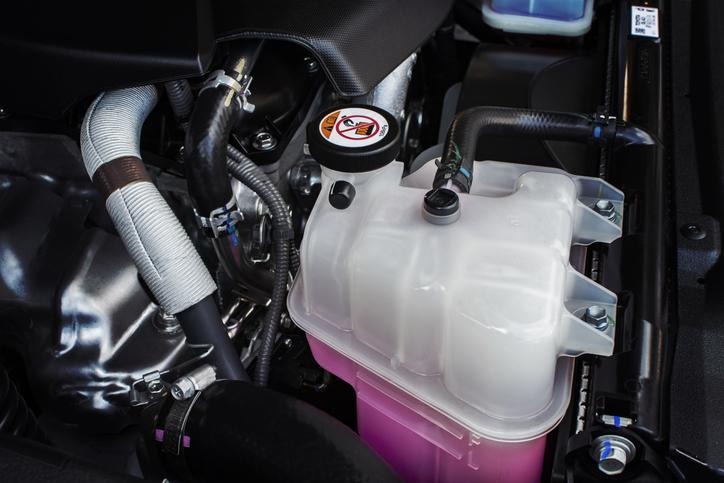The Science of Heat: How Coolant Systems Keep Engines from Freezing or Overheating
Modern engines are masterpieces of precision and power, but they run hot—very hot. Without a properly functioning cooling system, even a high-performance engine can fail quickly. As a student in auto mechanic school, understanding how coolant systems work is essential.
At ATC Toronto, automotive training prepares future technicians to service all components that regulate engine temperature. This includes coolant reservoirs, radiators, water pumps, thermostats, and the types of antifreeze used in different climates.
Why Temperature Control Matters in Auto Mechanic School
An internal combustion engine operates best within a specific temperature range. If it gets too hot, metal parts expand, oil breaks down, and vital components like the head gasket can fail. On the other hand, if it’s too cold, engine oil thickens, fuel doesn’t burn efficiently, and starting the vehicle becomes a strain on the battery and starter motor.
That’s why cooling systems are so important. They regulate temperature through a combination of coolant (also known as antifreeze), radiators, hoses, and fans to keep everything in balance.

Key Components of a Coolant System
Here are the core elements of a typical coolant system that every student in auto mechanic training must learn to inspect and service:
- Coolant/Antifreeze: This fluid absorbs heat from the engine and dissipates it via the radiator. It also contains additives to prevent corrosion and freezing.
- Water Pump: Circulates the coolant through the system. If it fails, overheating is almost guaranteed.
- Thermostat: Regulates the flow of coolant based on the engine’s temperature.
- Radiator: A heat exchanger that cools the hot coolant using outside air and electric fans.
- Heater Core: Uses warm coolant to heat the car’s interior and also acts as a secondary heat exchanger.
- Hoses & Reservoirs: Connect everything and allow for fluid expansion.
Students in auto careers programs learn to diagnose leaks, pressure test radiators, and understand flow issues that could signal a failing component.
Common Coolant System Failures
When any part of the coolant system malfunctions, the results can be catastrophic. Here are some common issues:
- Coolant leaks from cracked hoses or radiators
- Stuck thermostats that prevent coolant flow
- Worn-out water pumps that fail to circulate fluid
- Air pockets that lead to engine hot spots
- Low coolant levels that reduce system efficiency
In automotive training, students learn how to identify these signs early, prevent further damage, and apply the correct repair techniques. They’ll also cover coolant system flushing, mixing antifreeze types, and handling coolant safely.

Cold-Weather Concerns for Canadian Drivers
In a Canadian winter, coolant protection is even more critical. Without proper antifreeze levels, coolant can freeze in the engine block and cause cracking. That’s why technicians must use hydrometers or refractometers to check freeze-point protection and advise clients when it’s time to replace or top up the coolant.
Why It All Matters for Your Career
Coolant systems may not be flashy, but they’re one of the most important aspects of engine reliability. Employers value technicians who can confidently diagnose overheating issues, understand thermal dynamics, and handle pressurized systems with care.
At ATC Toronto, students work with real vehicles to learn exactly how these systems function in the real world, preparing them for roles at dealerships, independent garages, or even fleet maintenance facilities.
Start Your Auto Career With In-Demand Skills
If you’re ready to pursue a career in automotive repair, start with a strong foundation. Learn everything from thermal system design to real-world diagnostic procedures at ATC Toronto.
Explore our auto mechanic school and prepare to launch your career in a high-demand field where every degree of knowledge counts.
Contact ATC Toronto today!


